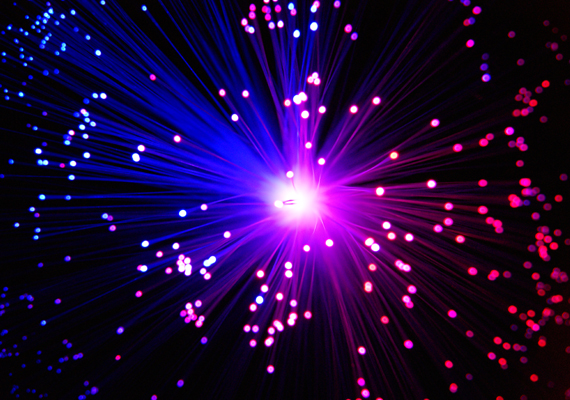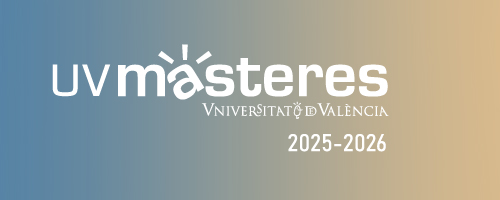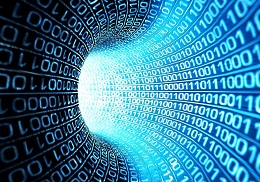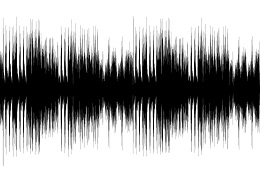
Its low power consumption, its fast speed, its small size and its high performance make it the successor of the current electrical technology.
12 february 2016
Optical fibres as thick as a human hair, which are able to transport a huge amount of information. Photonic science, present in many technological advances like lasers, the Internet and GPS, could get to computers in a matter of years. “21 century will be the century of photonics, with no doubt”, predicts Antonio Corrons, vice-president of international affair of the Spanish Committee of Illumination (CEI). Photonics is the natural successor of electronics.
Photonics technology replaces electrons with photons, the particles that form light. This way, instead of depending on electrical signals, the microprocessors of the devices start using light as information conductors. Photonic technology presents the following advantages:
- Its small size will allow researchers to insert millions of devices in a single chip.
- The products made with this technology will use less battery power.
- The substitution of electrons for photons will permit a faster processing speed.
Photonics also is an area prone to research in information and communication technologies, and more specifically in the field of telecommunications. Last May, engineers from the University of Utah (USA) made public the development of an ultra-compact beam micro-splitter that, when placed in the upper part of a silicon chip, makes it possible to divide light waves in two separate information channels. This device is also characterised by its small size: 2.4 by 2.4 microns opposite to the usual 100 by 100 of the current chips.
Thanks to this finding, Rajesh Menon, adjunct lecturer of Electrical Engineering and Computing of the University of Utah and his team of scientists, would be a step closer to create silicon photonic chips, which would increase the power and speed of supercomputers and data centres servers.
Image source: tendencias21.net
The main obstacle is that nowadays, the data flow has to previously become electrons so that a computer or a router is able to handle the information. The ultra-compact beam micro-splitter will allow photons to take the information to its destination without any obstacle.
Future predictions
The designs of the next years will incorporate photonic technology. Their main advantage is their wide field of application: production technology for laser and lithographical systems, optical components and calibration systems and automation, medical technology and life sciences, and security and defence systems. Its low power consumption, its fast speed, its small size and its high performance, make it possible that the European Union (EU) considers it as one of the five key enabling technologies (KET) for the future.
If we see the data, the EU foresees that the investment in this technology will amount to 1,795 million euros in the 2015-2010 period. In Spain, the field of Optics and Photonics comprises almost 400 organisations, with a total income of about 4,600 million euros. Marís Josefa Yzuel, emeritus full-university professor of the Autonomous University of Barcelona and president of the Spanish Committee of the International Year of Light, adds: “Today, the photon industry moves in the world 300,000 million euros, specially thanks to small and medium-sized enterprises, 5,000 more or less. The 20% of that billing corresponds to Europe, which employs the 10% of the total workers.
Leading companies like IBM and Intel are involved in this market. The British company Optalysys, pioneers in optical processing technology, coulf present an exascale computer prototype, which will be 50 times faster than Tianhe-2 supercomputer, the fifth quickest in the world.































